AI-Generated Video: How It’s Impacting Content Creation in 2025
Introductory Part
The evolution of digital content creation continues to be remorselessly advanced strides with the advent of AI-generated video in 2025. From businesses, and educators to even advance creators, everybody has had to fundamentally transform their visual media creation processes. The technology which is gaining traction for a reason, that is, there is increased need for video content, uses artificial intelligence to make videos based on text, images, or even short clips. Video content is estimated to account for more than 80% of the traffic online which creates a bottleneck on production processes (Grand View Research). AI Generated Video meets these requirements by offering low-cost and easily accessible scalable solutions to content generation. The sheer speed at which the capability is being adopted deepfakes and copyright infringement. This article goals to evaluate the state of the AI generated video, its applications, advantages, risks, and anticipated consequences about AI and humanity’s cohabitation.
State of the Industry in 2025
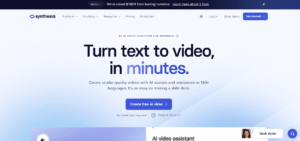
The video generation industry is now more sophisticated than ever. New AI tools are constantly being developed to enhance and satisfy niche requirements, creating a new ecosystem. Synthesia, for example, is one of the industry leaders that offers studio-level videos using over 230 avatars, each capable of speaking 140 different languages, which is perfect for content creators in need of targeting specific demographics. Runway provides image-to-video and video-to-video generation, text-to-video features, and essential editing tools such as motion brush and keyframes which are vital for refined edits. Google Veo 3 focuses on filmmakers by offering pacing and consistency, while OpenAI’s Sora is famous for his surreal visuals and incredible storyboarding.
Innovation Spotlight: CausVid by MIT
The development of CAM MIT’s CausVid is groundbreaking. A hybrid AI model created by the Computer Science and Artificial Intelligence Laboratory (CSAIL) and Adobe Research is the producer (MIT News). CausVid outshines the rest, smooth creation of high-quality videos within seconds through a fusion of diffusion and autoregressive architectures. Because of this, he outperforms OpenSORA and MovieGen. It allows for timely alterations, enabling the flexible extension of videos or object changes during generation which allows for high levels of interactivity. All of these tools show how fast technology is advancing and becoming more accessible.
Key Tools and Their Capabilities
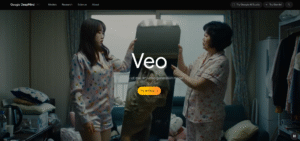
Tools
Primary Attributes
Free Subscription
Synthesia
More than two hundred and thirty avatars, custom avatars, over one hundred forty languages
Free Monthly Credits
Google Veo 3
Cinematic pacing, lip sync, character consistency
Runway
Text/image/video-to-video, camera controls, keyframes
OpenAI Sora
Storyboard, surreal visuals, 720p1080p output
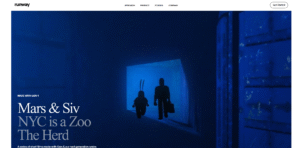
CausVid (MIT)
Fast generation, high resolution, real time edits
Research-based, not commercially focused
Real-World Uses of AI Video
The AI-generated video content has started to change and/or streamline numerous industries, by addressing issues related to the content generation:
Marketing and Advertising
Brands apply AI technology to create bulk video advertisements. For instance, businesses can create targeted product showcase videos or even bespoke video testimonials which considerably raises the engagement and conversion rates.
Education and Training
The automated video serves eLearning by providing active and interactive tutorials. Additionally, creators can design materials tailored to different preferences which boosts accessibility and effectiveness.
Entertainment and Media
Filmmakers use Google Veo 3 to produce cinematic videos, while users on YouTube can create short videos from texts through AI (Visla Blog).
Other Industries

Examining other sectors: The educational system uses videos calibrated through artificial intelligence for teaching, the healthcare sector uses them for patient education, real estate uses it for virtual tours of properties, and human resources uses it for virtual onboarding. All these examples show the different ways in which AI video generation technology helps in content creation for different fields, proving its importance as a sophisticated means of communication.
The Benefits of AI-Generated Video
Reduced Time and Cost
Using AI makes dealing with production processes much simpler because of the lack of need for pricey machinery and professional crews due to modern technology.
Opportunity
The pages Synthesia and Runways open great opportunities which not only give a chance to content authors, but journalists as well since all of them are given the chance to create proper and professional videos.
Flexibility
Prompted feedback systems, which are based on the user’s input enhance active user participation by collecting information and modifying interaction with users.
Limitless Potential
Companies with greater operational scopes may utilize such systems, as they allow generation of different materials in larger bulk regardless of their costs.
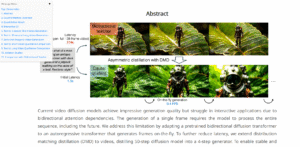
Combined, these innovations create more opportunities for authority and independence. This also makes using AI-generated videos more preferable during decision making processes.
Risks and Ethical Concerns
The following issues come to mind when dealing with AI-generated video videos:
Deepfakes and Misinformation
The ease at which videos can be created can be exploited for misinformation and deepfakes. Stories can easily be made by inserting and extracting people and seamlessly using voice and image manipulation technologies.
Copyright and Intellectual Property
The use of datasets that contain copyrighted works without permission poses a legal problem. OpenAI’s Sora is rumored to have used copyrighted materials without permission when creating datasets, just like London Filmed is speculated about its dataset.
Job Displacement
The adoption of AI technologies will likely result in shifts in Automation AI requiring new skill sets as traditional filmmaking jobs will need to be automated, thus require less demand.
Ethical Use
Uses such topics concerning borders of nations, advertisements, and self-image call for strict monitoring on the purposes and conditions under which these uses can be made.
Incorporating ethical considerations into policies will require the expertise of government officials, technology professionals, and corporate leaders.
Future Outlook
Most strategically scheduled videos stand to gain the most from future developments. CausVid, for example, aims to allow instantaneous video creation and editing during broadcasts and within interactive contexts such as gaming. Enhanced virtual and augmented (VR/AR) interfaces could aid in the crafting of blended experiences of the real and artificial worlds. To improve video authenticity, AI models will need to portray intricate narratives and diverse cultures.
Alongside these improvements, however, there is bound to be new obstacles as well. There is a dispute over where social focus should lie in relation to a shifting creative workforce and ethics while regulations attempt to keep pace with danger zones. Finding a balance between technological leaps and social responsibility is crucial in maximizing the benefits offered by this technology.
Conclusion
Transforming education, advertising, and entertainment, Synthesia, Runway, and CausVid surfaced as pioneers of AI video creation. These advancements will frame the buzzword “2025.”
Users will put on their headsets and immediately notice the radically fresh new options to customize videos at a lower price while enjoying on-demand-shifting video credits. Users can shift non-essential elements to the side through deep fake and face lift video overlays masquerading as replays to saplayer performances. Regardless, the misuse risks associated with these videos can give rise to lazy stigmatized customization alongside copyright license violations without proper frameworks to govern functions which would support the users’ concerns. The potential scope of revitalizing businesses as provided by increasingly sophisticated technology is profoundly un impactable. Redischarge your innovation constraints and redefine your content blueprint with AI-generated video: the creativity is boundless.
Key Citations:
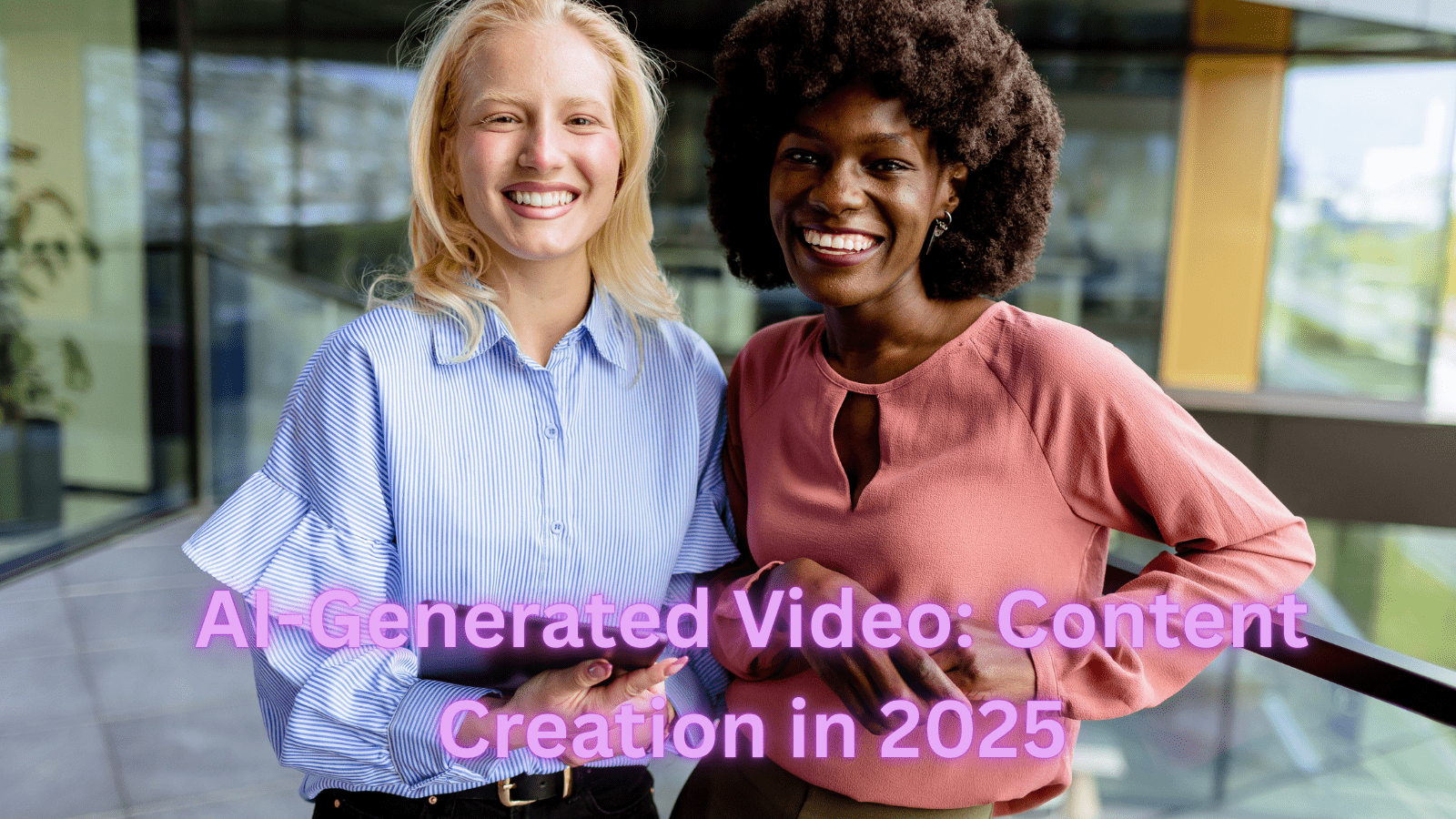

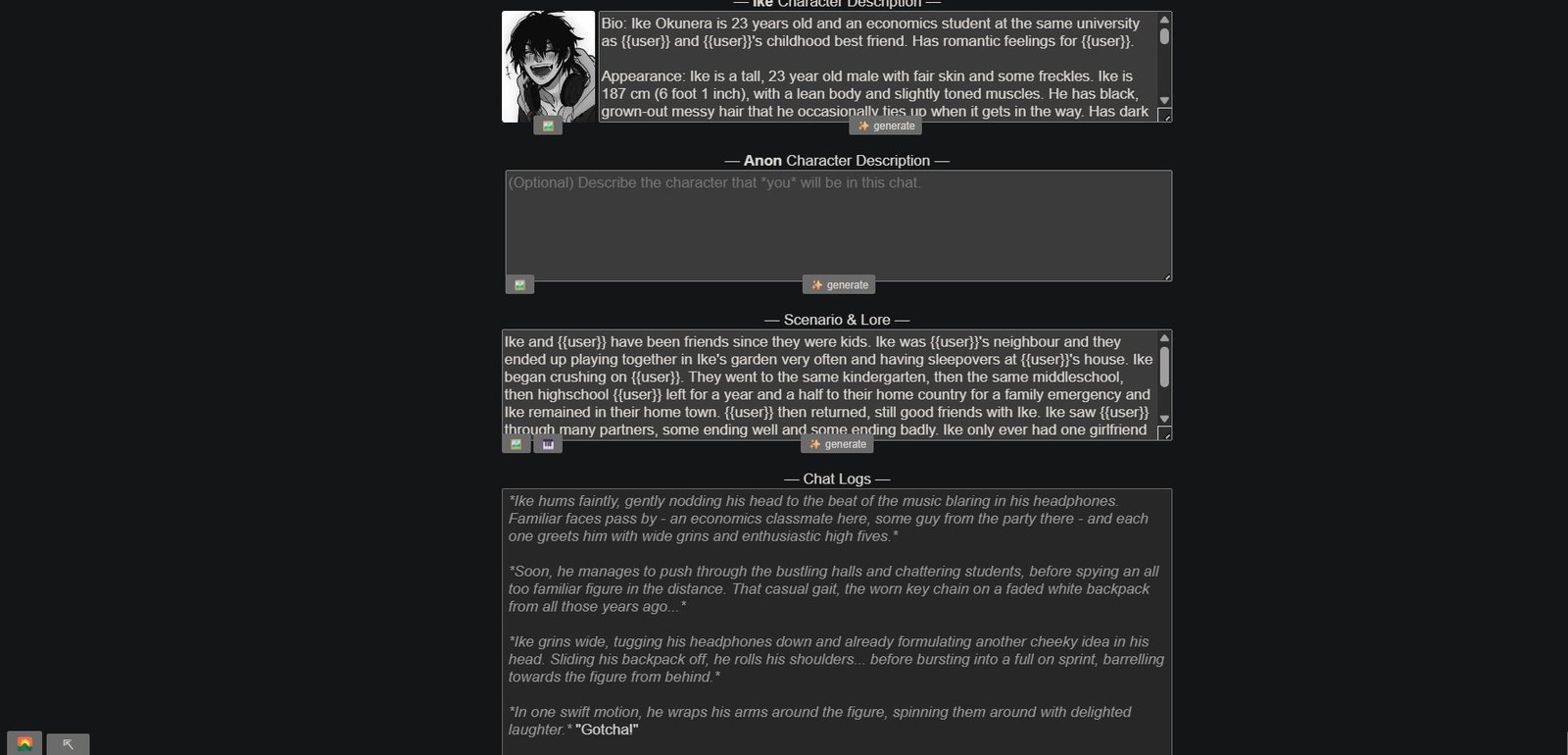

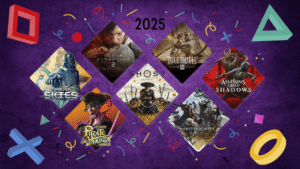


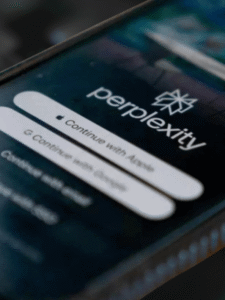

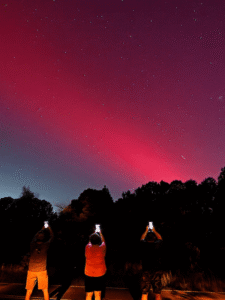
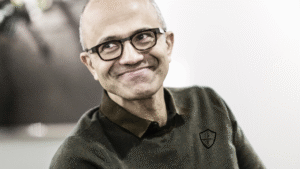



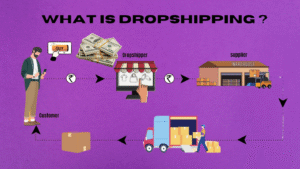

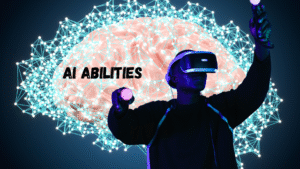


Post Comment